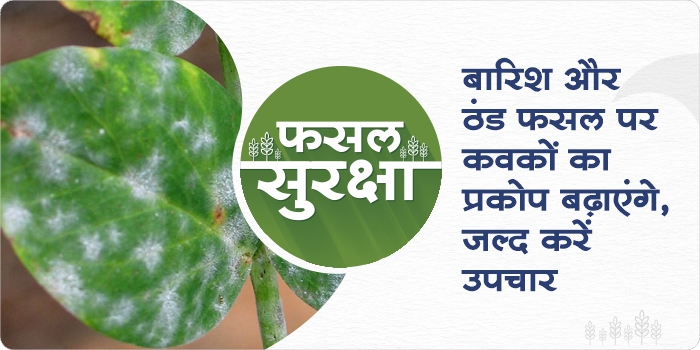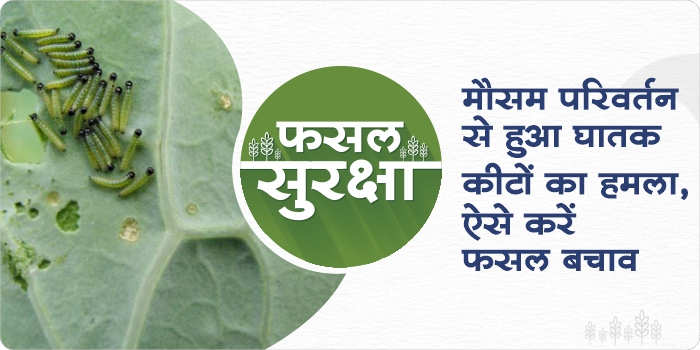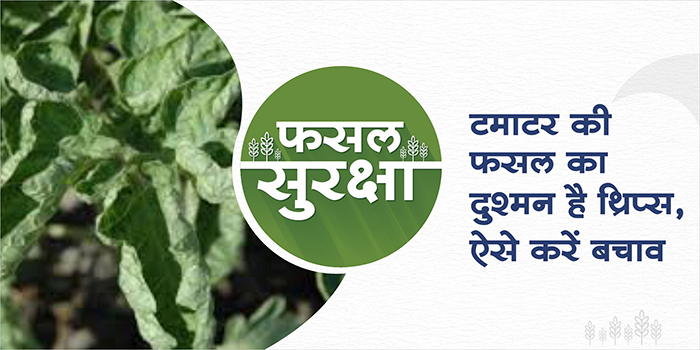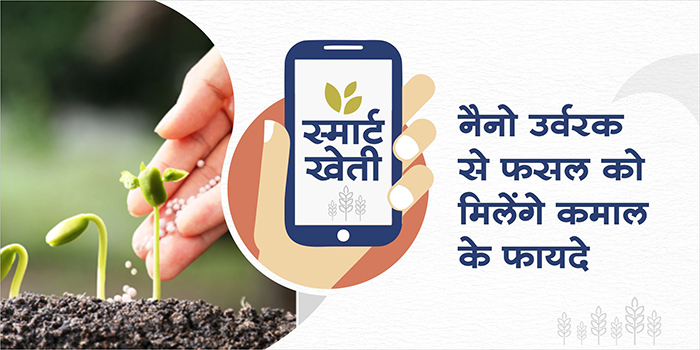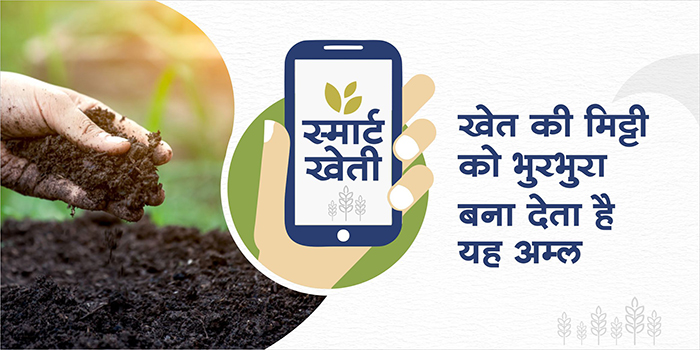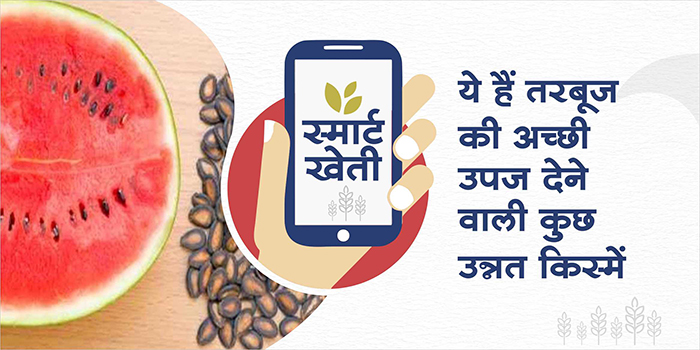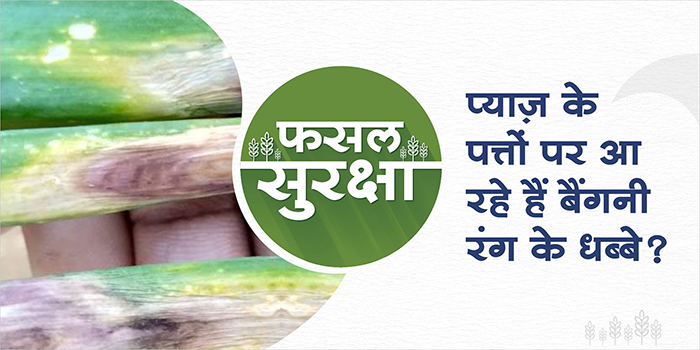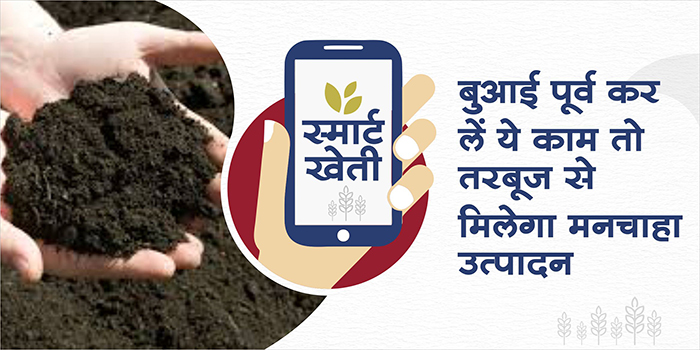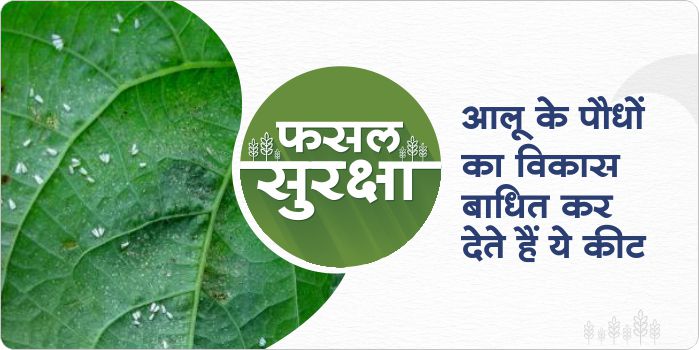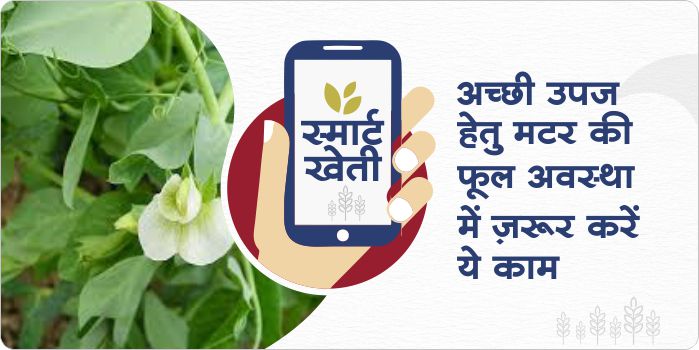As the weather is constantly changing, onion, garlic, potato and vegetable crops are highly affected due to this effect, due to this effect, the yellowing of leaves appear first in the crop and the leaves of the crop are dried from the edges. In vegetable crops, there is an infection of late blight , leaf spot disease, downy mildew, etc. Use of the following products is very necessary to avoid crop damage due to adverse weather conditions
Kasugamycin 5% + Copper Oxychloride 45% Wp @ 300 gram/acre or Mancozeb 64% + Metalaxyl 4% Wp @ 500 gram/acre or Azoxystrobin 11% + Tebuconazole 18.3% Sc@ 300 ml/acre or Thiophanate Methyl 70% W/P @ 300 gram/acre or Chlorothalonil 75% WP @ 400 gram/acre
With this use Pseudomonas Fluorescens @ 250 gram/acre remember one thing don’t use Kasugamycin 5% + Copper Oxychloride 45% Wp with Pseudomonas Fluorescens
Share
